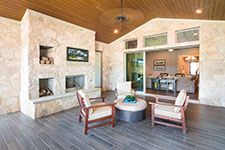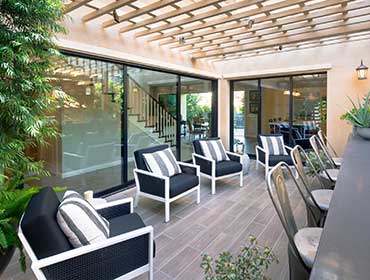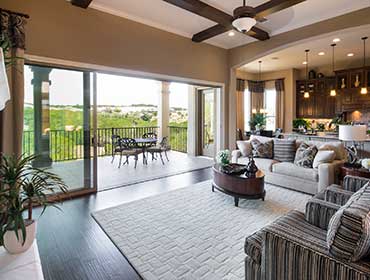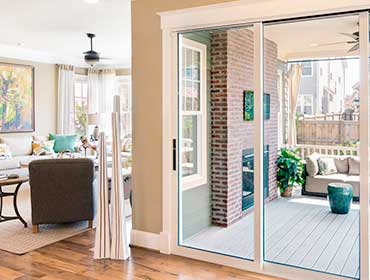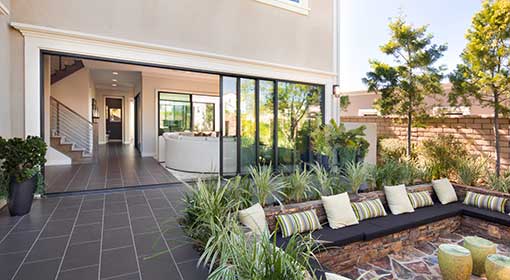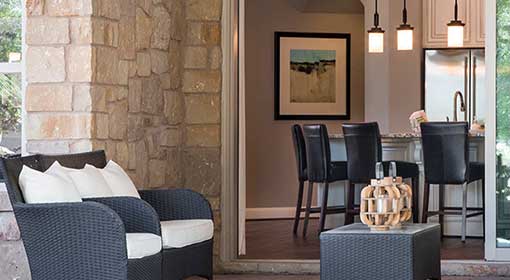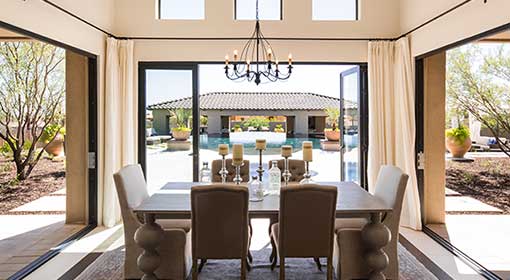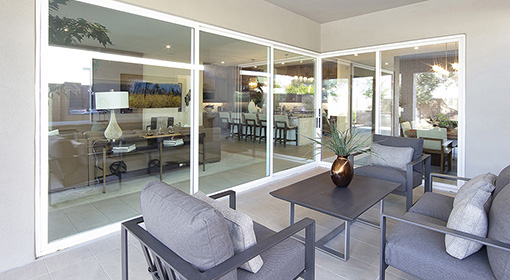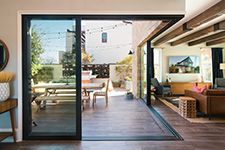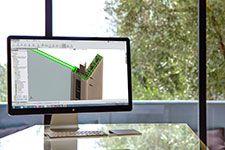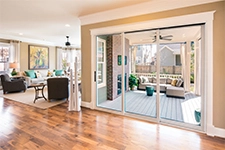Like many contractors, Gilbane Building Company, headquartered in Rhode Island, is taking precautions against the coronavirus on job sites. In addition to installing handwashing stations and splitting workers up into smaller groups, they’ve also prohibited them from riding in the construction hoist with materials – which means workers must instead sometimes climb dozens of flights of stairs, especially when working on tower projects like condominiums.
It’s an unfortunate but necessary social distancing move meant to help keep construction projects rolling as the effects of COVID-19 continue to unfold. So far, there have been few disruptions reported in construction for master-planned communities and multi-family housing – and many production builders are making sure it stays that way.
Blake Tarleton, vice president of sales and operations for Maryland-based TNT Services Group, says his company set up a virtual private network (VPN) so field personnel can complete administrative tasks without visiting the office. “The folks that are in the office fortunately have individual offices with four walls and a door – we don’t have a large floor with open-air cubes,” he says. “We’ve provided sanitizer in several locations and also doubled the number of visits from our cleaning company.”
TNT Services Group has 12 technicians in its service department that support builders’ warranty calls, and Tarleton says nearly all in-home visits have been canceled and builders are not scheduling them. The service schedule has been reduced to four days per week.
“All of our field personnel – drivers, service technicians, and project managers – have been provided face masks,” Tarleton says. “They are to wear these 100 percent of the time while on job sites and in the field.”
Tarleton says almost all production builders have instituted “the 6-3-2 rule” to maintain social distance. “No more than six workers outside of a house, no more than three workers inside, and no more than two in a vehicle,” he says. “Brookfield Residential has instituted a ‘check-in station’ on every job site. Every worker must go through this station daily to answer questions and have their temperature taken.”
As a dealer for production builders, Tarleton says he has seen some slowdown in scheduling and reduced sales. “Some builders have started to convert ‘virtual sales,’ but obviously, there is essentially no on-site traffic in model homes,” he says. “A few builders will not start a single-family home if their buyer has a contingent contract and has not sold their existing home.”
“On the contrary, some are very optimistic and have decided to build spec homes with the anticipation of a strong buying market in late summer,” Tarleton continues. “Their thought process is that the buyers will be there, and they will either have the inventory to sell or not. Additionally, one production builder reported that their website traffic was up 44 percent. The tone and attitude towards the situation really is a mixed bag.”


